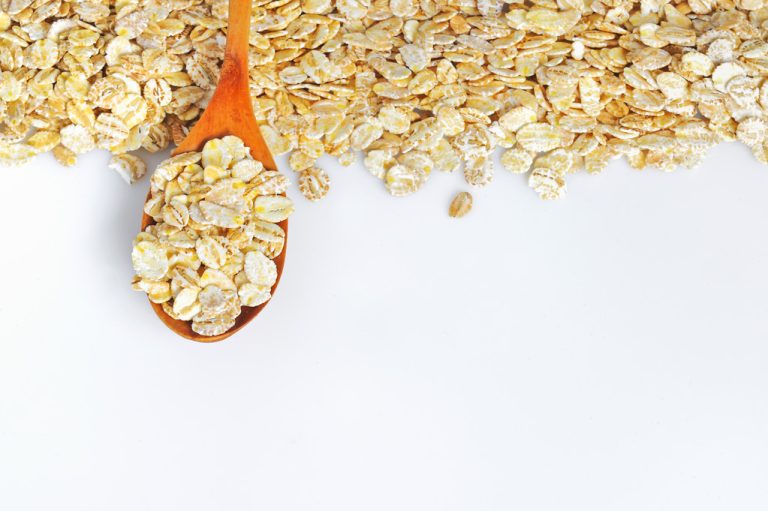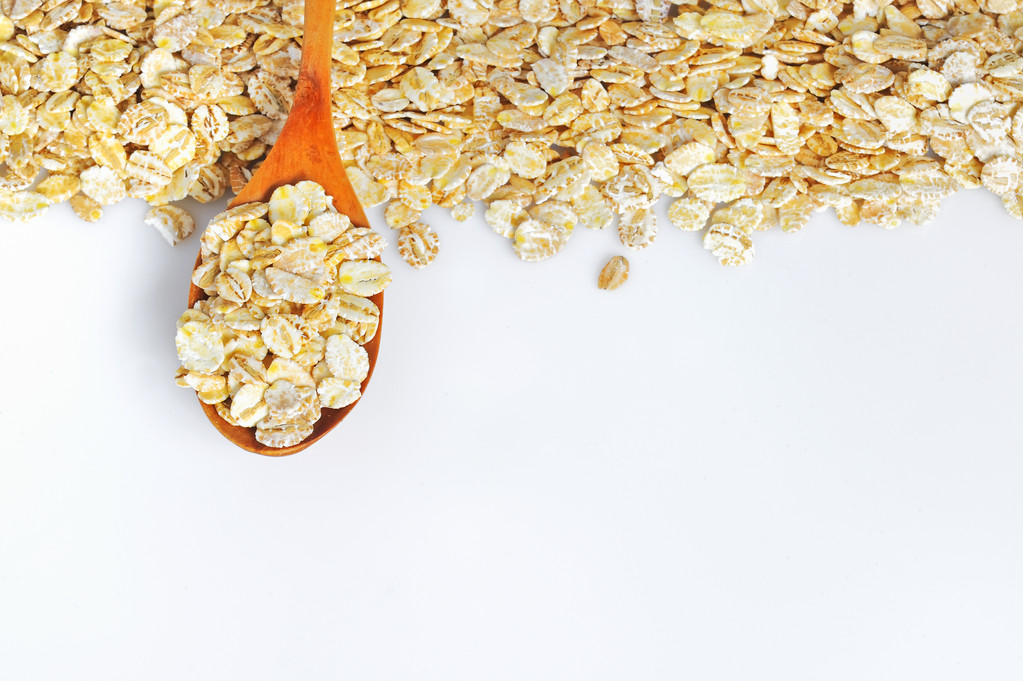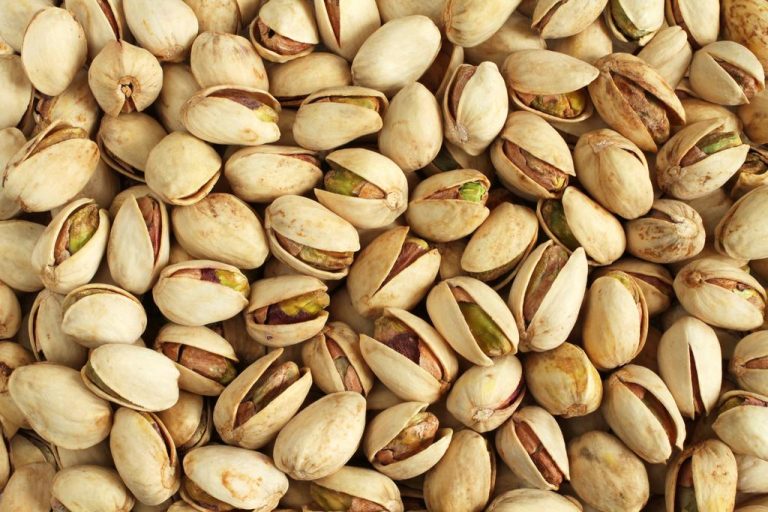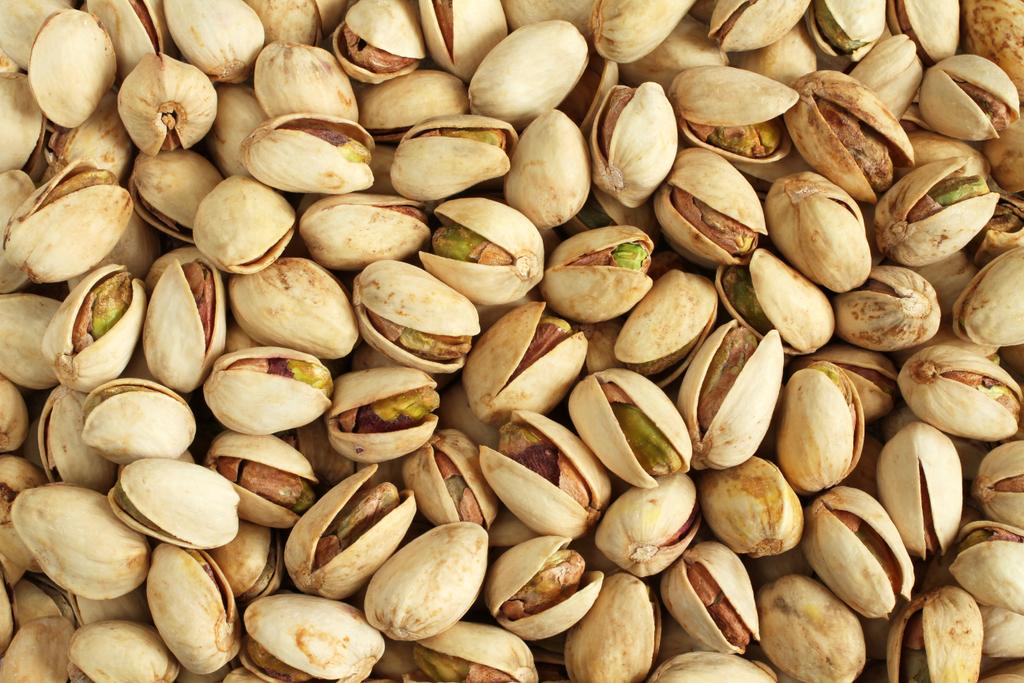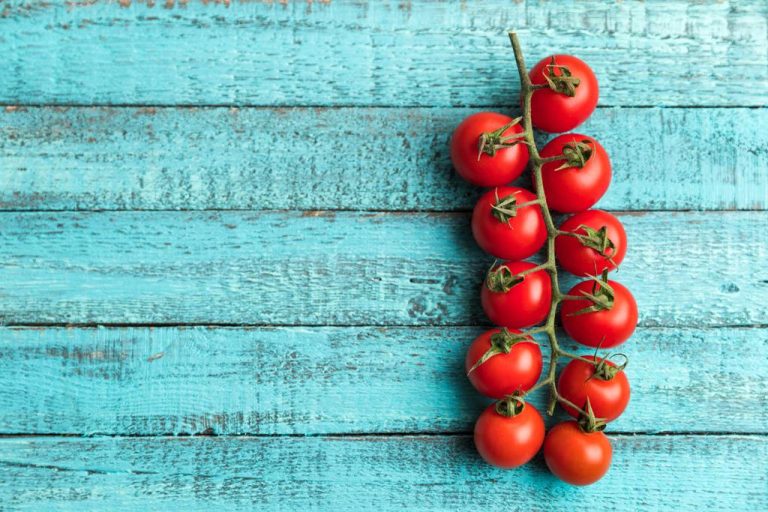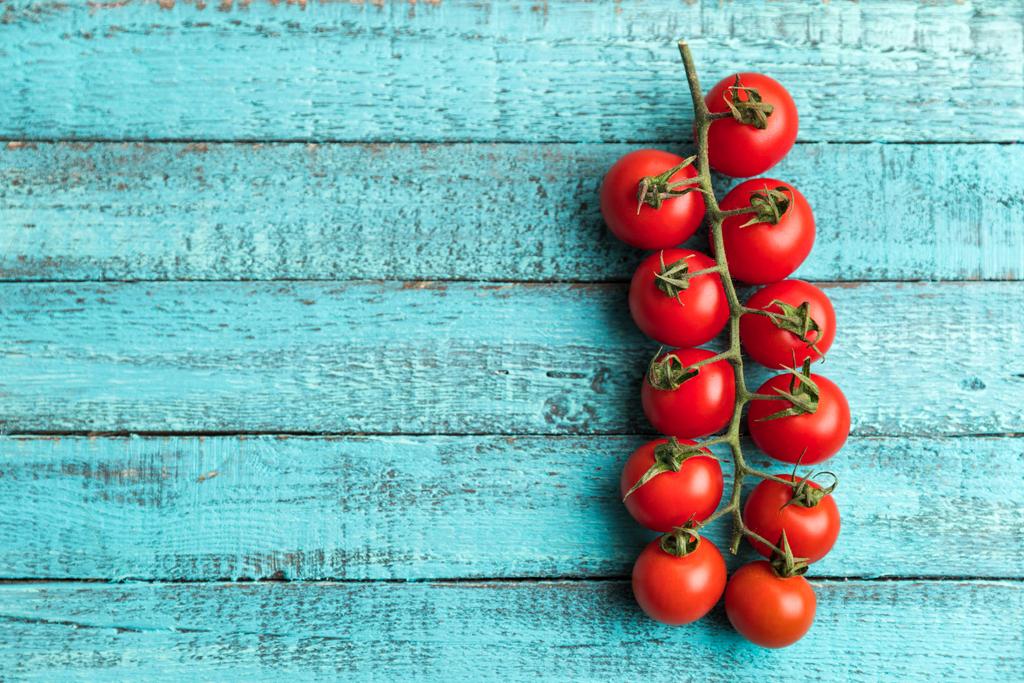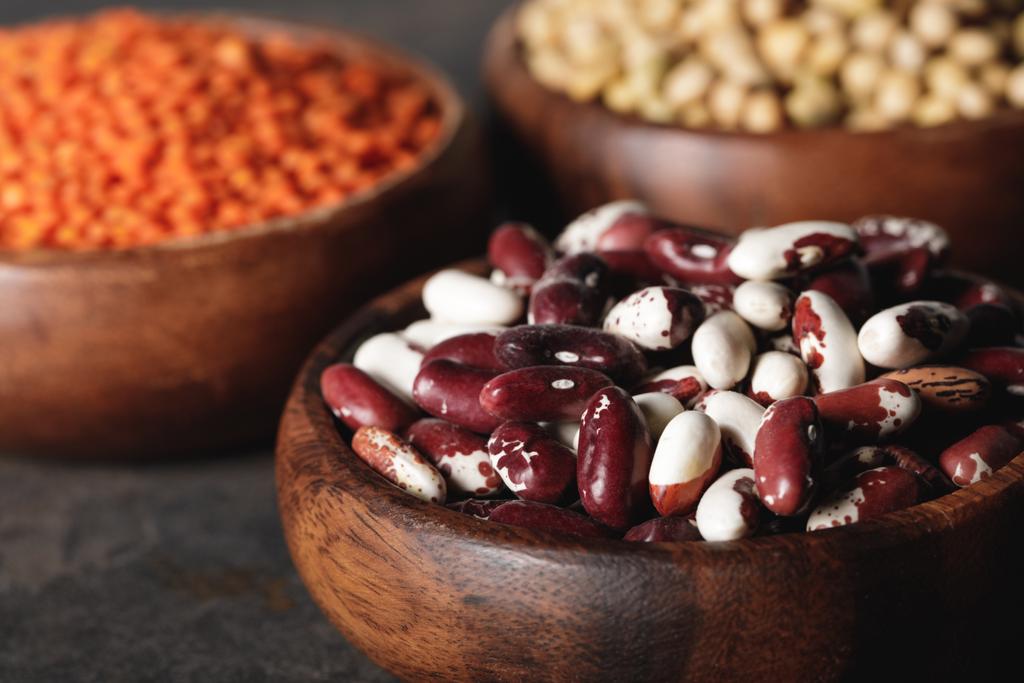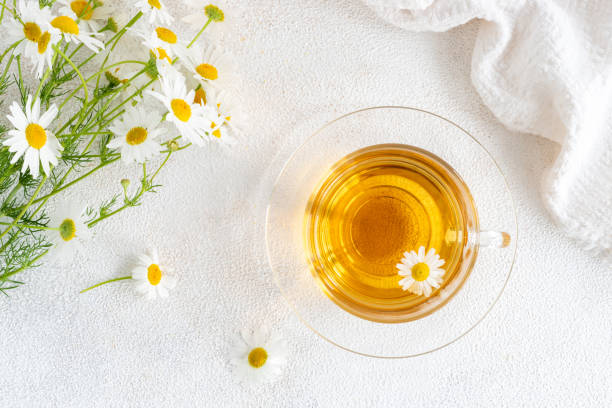Coffee is the “favourite drug”: Around 40 million people start the day with a caffeine kick. However, coffee can have health consequences from a certain amount or dependency.
Healthy Coffee Alternative: Why Stop Drinking Coffee?
Many people love hot, freshly brewed coffee several times a day. That’s why they don’t like to hear that it can cause so many health problems. The rule of thumb is not to drink more than four cups of filter coffee a day, which is a relatively large amount and you should be aware of the health consequences.
Caffeine can become addictive very quickly and should be viewed critically because of numerous health risks. Get an idea of the disadvantages of regular coffee consumption and consider reducing your coffee consumption or replacing it with something else. According to the Center for Health, these are the effects of coffee on the body:
Coffee stimulates the production of hydrochloric acid (stomach acid), which should only be produced to help digest food. Your body may have trouble producing enough stomach acid after coffee to digest a large meal.
Digestion suffers as a result: Regular consumption of coffee unbalances the stomach and digestion. Flatulence, irritable bowel syndrome and even colon cancer can be possible consequences.
Cramps and metabolic problems, constipation and diarrhea can occur because coffee irritates the walls of the small intestine (irritable bowel).
Coffee causes heartburn: Coffee relaxes the lower esophageal sphincter. It should actually remain closed after eating to prevent the food from migrating back into the esophagus. Decaffeinated coffee also causes heartburn in some people.
Coffee as a laxative: Since coffee stimulates the intestines, you often have to go to the toilet afterwards. However, coffee promotes premature emptying of the stomach where food has not yet been adequately processed. In this semi-digested state, the nutrients from food can be absorbed much more poorly by the body.
Acrylamide in coffee: According to the Federal Institute for Risk Assessment, acrylamide is a presumably carcinogenic substance. It forms in coffee beans when they are roasted at high temperatures.
Coffee-related high blood pressure: Coffee causes a potent release of cortisol, adrenaline, and norepinephrine, which increase heart rate, blood pressure, and stress levels.
coffee during pregnancy
In general, women should not consume more than 200 to 300 milligrams of caffeine per day during pregnancy. This corresponds to about two cups of filter coffee per day. However, this value does not only refer to coffee, but also to all other caffeinated drinks such as tea. However, pregnant women should avoid energy drinks altogether. The amount of caffeine here is often much higher than recommended and other effects of the ingredients such as taurine or sugar acid can be just as harmful to the health of the mother as it is to the child.
Through the connection of the fetal blood circulation via the umbilical cord, the caffeine from the mother’s blood also reaches the child’s organism and develops the same stimulating effect there. However, the unborn child lacks the enzyme to metabolize caffeine. So the caffeine level in the baby’s blood stays elevated for much longer, making it restless. His heartbeat also accelerates and the fetal nervous system is stimulated. The child’s organism reacts even more strongly to caffeine.
Regular caffeine consumption during pregnancy can lead to slight growth retardation and a lower birth weight and is harmful to the unborn child. Also, drinking coffee during pregnancy can lead to extra urination. Due to the rapid loss of fluids, pregnant women should always drink a large glass of water with their coffee.
Pick-me-up alternatives to coffee
Green and black tea also stimulate the organism without being harmful to health. As with coffee, it always depends on the amount of consumption. Matcha, mate or green smoothies can also serve as a pick-me-up, are also healthy and provide valuable nutrients. If you would like to do without caffeine, but cannot part with the aroma and the usual coffee style, you should take a closer look at the following alternatives.
Decaffeinated coffee: a coffee can be described as decaffeinated if the caffeine content is no more than 0.1 percent.
Grain coffee: Without caffeine, grain coffee does not taste as bitter as we are used to from conventional coffee, but it still offers a tasty alternative.
Lupine Coffee: Lupine is a legume. Due to the full-bodied aroma, many appreciate it because of its similarity to coffee.
Chai Latte: A sweeter alternative with cinnamon, cardamom, ginger, cloves and black pepper, resulting in a real taste explosion. Pay close attention to the ingredients when buying: Many chais from the supermarket are mixed with black tea.
Mint-lemon tea also provides a fresh kick that boosts your immune system and metabolism at the same time. Ginger tea is also considered safe during pregnancy. Ginger provides many immune-strengthening ingredients and stimulates the circulation with its slight sharpness. In addition, ginger tea is considered the remedy for morning sickness.

What is alkaline coffee and how is it prepared?
There are different opinions as to whether coffee is acid-forming or base-forming: while regular consumption of the hot drink is said to cause the body to become acidic, the other side is convinced of the base-forming properties. In general, coffee is considered alkaline-forming. The PRAL value (potential renal acid load) for coffee is -1.4 (negative values mean base-forming, positive values mean acid-forming).
To make coffee alkaline, all you have to do is make your coffee water alkaline. Baking soda helps to neutralize acids. One tablet of Kaisernatron per liter of water on the brewed coffee. This is especially useful if you drink a lot of coffee to reduce heartburn. That being said, cow’s milk is also metabolized as acidic. Anyone who attaches great importance to an alkaline diet should switch to alkaline alternatives such as oat or almond milk.
It depends on the measure! You should consider how much coffee feels healthy for you, or if you’re already feeling any health effects. Coffee alternatives such as matcha or chai lattes are all the rage right now. And more and more cafés are now offering at least one vegan alternative to cow’s milk.


